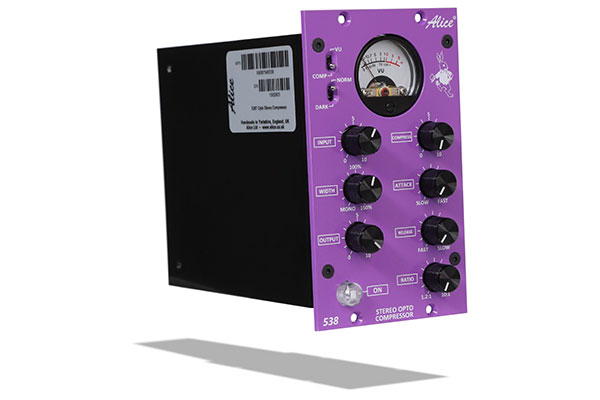Case Studies
Invisidot2 System (on behalf of a major UK broadcaster)
The Invisidot2 system demonstrates much of what we do best at Benden Technology.
Our brief was to replace an obsolescent signalling system serving television outside broadcasts; the exact method was not specified. Many would have reached immediately for an IP-based solution, but these units are regularly deployed and redeployed by semi-skilled staff outside the direct control of the parent organisation. So instead, the simplest suitable technology was chosen and developed into a robust, entirely plug-and-play solution, with extra feedback added so that users would be confident that they were doing their job correctly.
This is an example of addressing the problem in the round. Compared to the previous solution, the cost of the units themselves was reduced, the chances of user error diminished and the need for support from the parent organisation kept to an absolute minimum – all of which directly benefit the whole-life costs of the system.
As part of the full turnkey project, Benden Technology manufactured, tested and delivered complete Invisidot2 units in quantity and ahead of schedule.
API500-format Modules (for Alice Limited)
As part of an ongoing collaboration with Alice, who produce high-quality audio equipment for both the broadcast and professional markets, we turned several bare-bones designs from the pen of the legendary Ted Fletcher into fully-fledged, fully-manufacturable and fully-documented products. This involved reworking virtually every aspect of the originals, adding ancillary circuitry where needed and producing entirely new metalwork designs.
Less visible but equally important considerations such as achieving a consistent appearance and maximising component reuse across the range were all addressed. The results are highly manufacturable and receiving excellent feedback from clients across the world.
OLED Replacement for Futaba VFDs (in-house project)
An example both of a project at the smaller end of the size spectrum and of how a little bit of modern technology can be used to significantly extend the useful life of legacy equipment, this design was undertaken proactively in-house.
A need was identified to replace regularly failing Futaba vacuum-fluorescent displays in various musical equipment, but Futaba have exited the market and NOS displays are long unavailable.
Research and analysis revealed the full details of the original display modules, which were then carefully recreated using a modern OLED panel plus a small microcontroller to translate data between the target system and the OLED.



